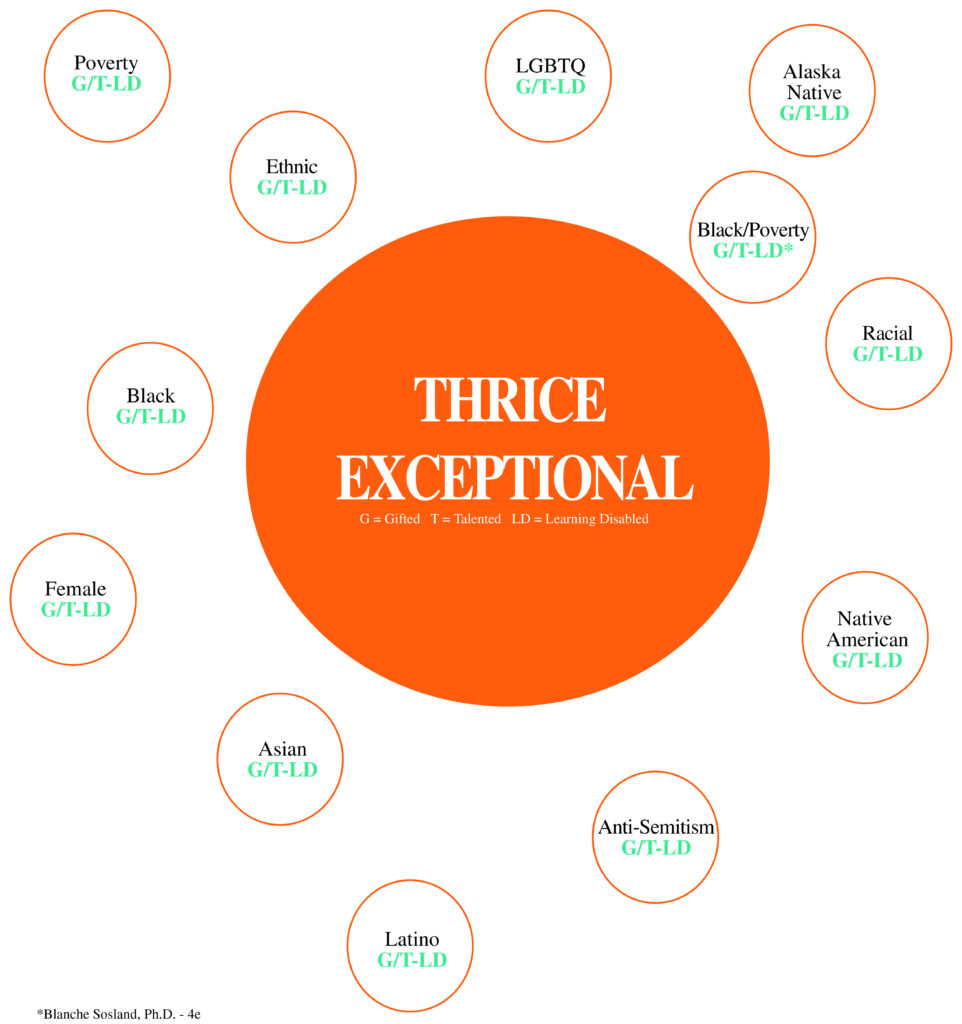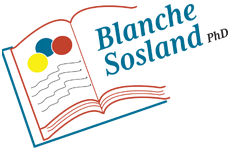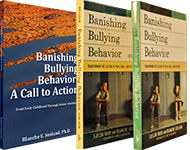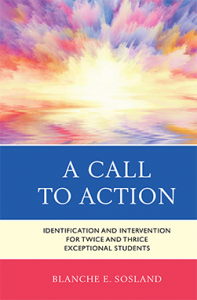According to a 2016 New York Times article, white students are twice as likely to be identified for giftedness and/or twice exceptionality as black and Latino students. However, when non-verbal IQ tests were administered to Latino kids in Broward County, Florida between 2005 and 2010 the percentage of those students identified tripled. This certainly sends a clear and compelling message and a call to action.
Many Latino students are the children of first-generation immigrants who have no idea what might be available for their thrice exceptional children, nor how to navigate the system. There is another major concern for families who are not documented. Schools are not supposed to investigate whether students come from documented families. There is a great amount of fear of the severe consequences in many Latino communities.
Maria Gentry summarized the status of Indigenous youth in education as overlooked, underrepresented, and invisible and we have the statistics to support her assertion. American Indian Alaskan Native (AIAN) youth are 8 percent less likely than all other race categories to even a school that identified youth and gift talents. Underrepresentation is a national problem.
Educators must understand the linguistic, cultural and racial differences from their own, when they exist in order to understands their students and to create a positive learning environment in their classrooms.
As challenging is the identification of 2e and 3e students in the Caucasian population, it is even more so among the black population. In addition, the 3e students come from substandard schooling environments, low-income and poverty homes. Actually, we have e, 2e, 3e and might even consider 4e, gifted and talented, learning disabled, black and what comes all to often with black we have poverty. (see figure 7.2)
The recognition of thrice exceptional students is relatively new but there is some excellent research being conducted in the field that must be put into practice in the classroom. Teacher education programs can have a very positive impact on the preparation of teachers who will be able to address the academic needs of both twice and thrice exceptional students.

Image by Christina Sullivan




